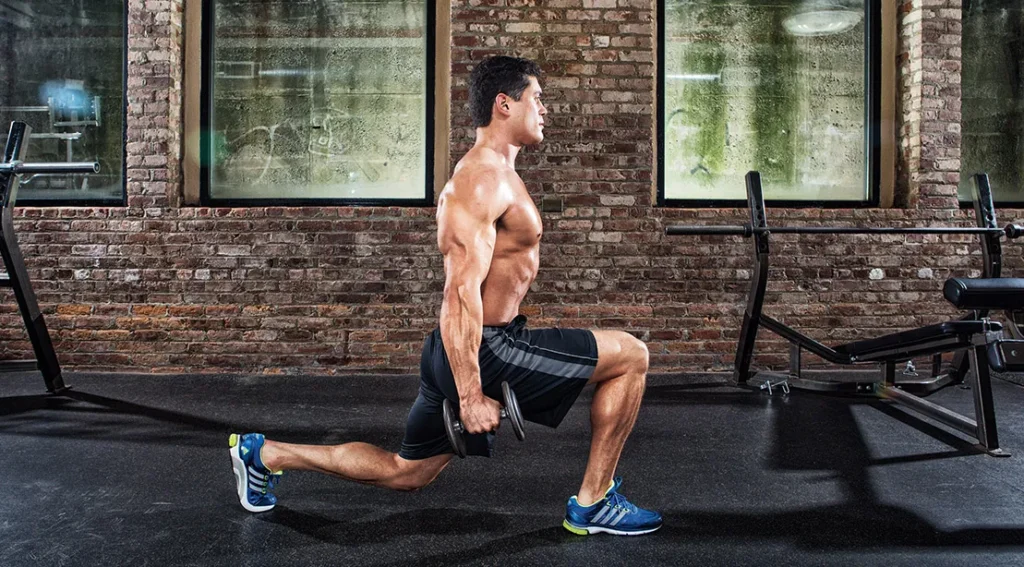Introduction
Want to tone your legs, lift your glutes, and strengthen your foundation? A targeted lower body workout can do just that. Whether you’re at home or in the gym, these moves will help build strength, stability, and muscle definition.
In this guide, we’ll break down simple yet effective exercises, offer a complete lower-body routine, and share tips for success. Let’s get moving!
Why Focus on Lower Body Workouts?
Your lower body powers your movement, balance, and overall strength. When you train your glutes, quads, hamstrings, and calves, you improve not just how you look—but how you move.
Here’s what lower body workouts help with:
- Better posture and mobility
- Improved athletic performance
- Increased metabolism and fat burning
- Reduced injury risk
Plus, strong legs and glutes support your core, making daily activities like walking, climbing stairs, or lifting easier.
Bodyweight Lower Body Workout (No Equipment Needed)
You don’t need a gym to get a solid lower body session. Try this beginner-friendly bodyweight circuit:
Do 3 rounds of the following (30 seconds each, 15 seconds rest):
- Bodyweight Squats – Strengthens thighs, glutes, and calves
- Glute Bridges – Activates and lifts your glutes
- Lunges (alternating legs) – Builds stability and tones legs
- Wall Sit – Static burn to challenge endurance
- Calf Raises – Strengthens lower legs and improves balance
Tip: Add a 1-minute rest between rounds. This circuit takes under 20 minutes and delivers a full leg burn!
Weighted Lower Body Workout (For Strength & Definition)
If you’ve got dumbbells or resistance bands, level up with this intermediate routine:
3 sets of 10–12 reps for each move:
- Goblet Squats (hold a dumbbell at your chest)
- Deadlifts (great for hamstrings and glutes)
- Bulgarian Split Squats (targets one leg at a time)
- Sumo Squats (hits inner thighs)
- Step-Ups on a bench or chair (for strength and coordination)
Add a band around your thighs during squats or bridges for extra glute activation.
Stretching and Recovery for Lower Body Days
Never skip the cooldown. Your legs work hard—so take care of them.
Post-workout stretches to try:
- Hamstring stretch
- Quad stretch (standing or lying)
- Figure 4 stretch (for hips and glutes)
- Calf stretch against a wall
- Downward dog for full leg lengthening
Stretching prevents stiffness and keeps your lower body flexible and mobile.
Lower Body Workout Tips for Best Results
- Consistency wins: Aim for 2–3 lower body sessions per week.
- Progressive overload: Gradually increase reps, resistance, or sets.
- Form over speed: Focus on controlled movement, not just finishing fast.
- Fuel and hydrate: Support your recovery with protein, water, and sleep.
- Mix it up: Combine strength with cardio, like stair climbing or walking lunges.
Whether your goal is toning, weight loss, or muscle gain, smart training leads to strong results.
Conclusion
From squats to bridges and lunges to lifts, a lower body workout helps you build the strength and tone you need for everyday power. Whether you’re a beginner or a seasoned fitness fan, these routines can fit your goals and schedule.
Stay consistent, challenge yourself, and don’t forget to stretch. Your legs (and glutes) will thank you!
FAQs
How many times per week should I do a lower body workout?
Aim for 2–3 sessions weekly, with rest days in between to allow recovery.
Can I do lower body exercises without equipment?
Absolutely! Bodyweight moves like squats, lunges, and glute bridges are very effective.
What’s the best lower body exercise for beginners?
Start with squats and glute bridges—they’re simple, safe, and build foundational strength.
Will lower body workouts help me lose weight?
Yes—lower body workouts burn calories and build muscle, boosting your overall metabolism.
How long should a lower body workout be?
A good session can be as short as 20–30 minutes, especially when done with intensity.


